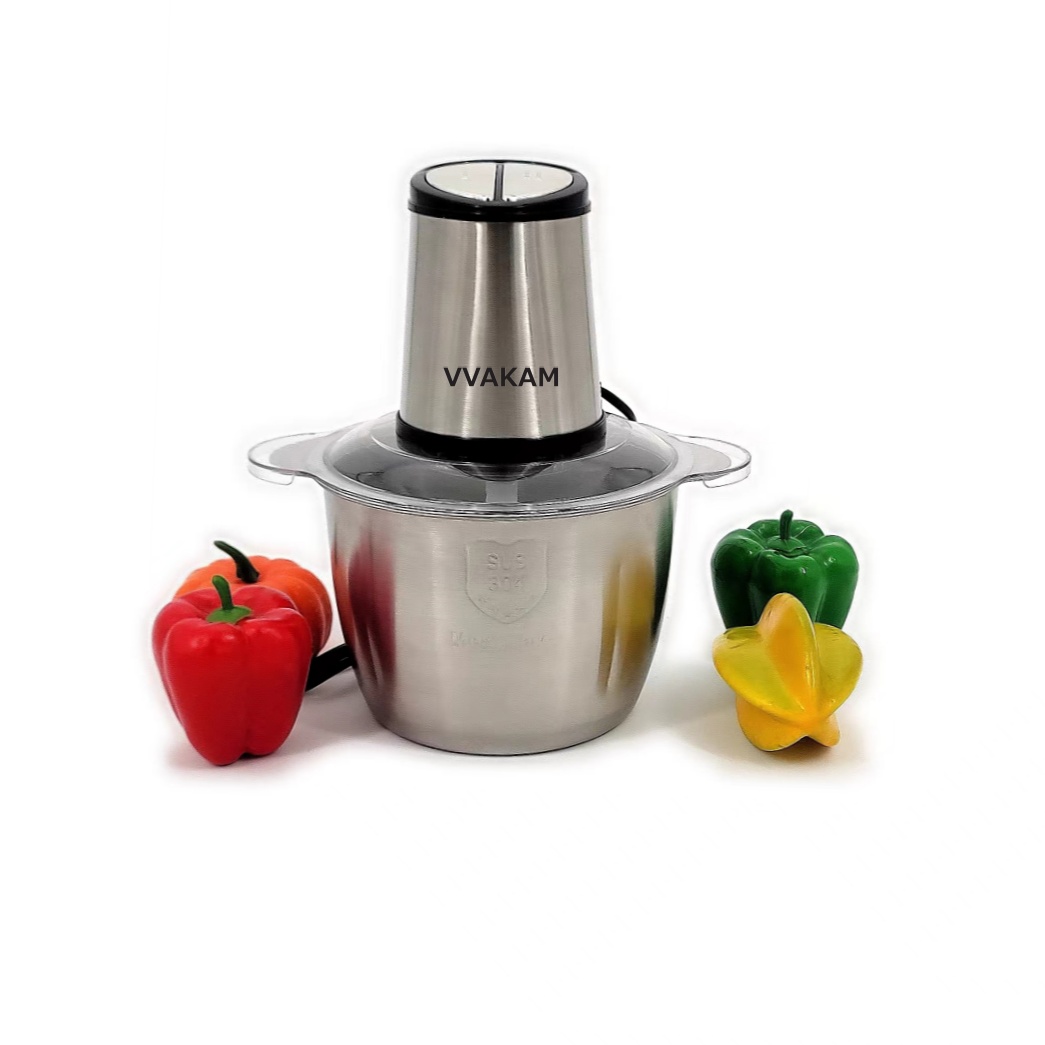How do I choose the best small kitchen appliances?
Nov 27, 2024
During a recent visit to Myanmar, I had the opportunity to meet with local clients and conduct a survey of the small kitchen appliance market. The purpose of this report is to provide an overview of the key factors to consider when selecting kitchen appliances, including capacity, functionality, price, brand, and energy efficiency, based on the specific needs and preferences of consumers.
Capacity:One of the primary considerations when choosing kitchen appliances is capacity. The size of the appliance should align with the needs of the consumer. For example, families with larger households might require appliances with larger capacities to accommodate their cooking needs. It is important to assess the market demand for various capacities and ensure a range of options is available to cater to different customer requirements.
Functionality:The functionality of kitchen appliances plays a crucial role in the decision-making process. Consumers in Myanmar are increasingly looking for appliances that offer convenience, efficiency, and versatility in their cooking routines. This includes features such as multiple cooking modes, preset programs, timers, and specialized functions for different types of food preparation. Understanding the local culinary practices and preferences can help in designing appliances tailored to the market demands.
Price:Price sensitivity is a significant factor in the Myanmar market. Many consumers prioritize affordability without compromising quality. It is essential to offer a range of price points to cater to different income levels. Emphasizing the value and durability of the product can help justify higher price ranges, while ensuring affordable options are available can expand market reach.
Brand:Brand reputation and reliability are important considerations for consumers when purchasing kitchen appliances. Establishing a strong brand presence and consumer trust is crucial in the Myanmar market. Brands recognized for their quality, customer support, and after-sales service are likely to gain a competitive advantage. Investing in marketing and building brand awareness through local partnerships and endorsements can significantly impact consumer decision-making.
Energy Efficiency:As environmental consciousness grows, energy efficiency has become a key consideration for consumers. Energy-efficient appliances not only reduce electricity bills but also contribute to sustainable living. Educating consumers about the benefits of energy-efficient appliances and ensuring compliance with international energy efficiency standards can help capture the environmentally-conscious segment of the market.
Conclusion:When entering the kitchen appliance market in Myanmar, it is important to consider the unique needs and preferences of consumers. By offering appliances with the right capacity, functionality, competitive pricing, trusted brands, and energy efficiency, businesses can seize opportunities and establish a strong presence in the market. Adapting to local culinary practices and collaborating with local partners can enhance success in catering to the evolving demands of Myanmar's small kitchen market.

 Network Supported
Network Supported